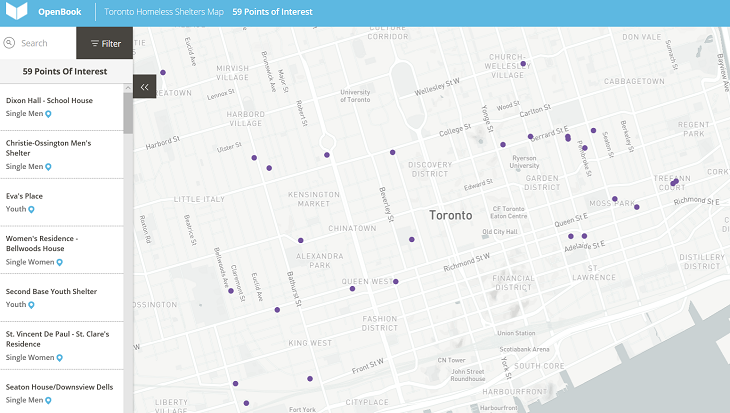In 2015, the Every Student Succeeds Act (ESSA) was introduced to give school systems in the U.S. more flexibility and autonomy in using state funding to help their students succeed. In its statement of purpose, ESSA states, “The purpose of this title is to provide all children significant opportunity to receive a fair, equitable, and high-quality education, and to close educational achievement gaps.” ESSA is an update of the Elementary and Secondary Education Act (ESEA) of 1965 and replaces the No Child Left Behind Act (NCLB) introduced in 2001.
As such, ESSA provides over $15 billion of federal funding, plus competitive grants to K-12 schools. The legislation focuses on school curriculum and accountability standards to ensure the academic success of students and to determine which students are at risk. By giving schools more autonomy in how they use funding, the Department of Education’s role becomes more supportive, as opposed to their previous practice of mandating policies that schools needed to follow.
ESSA requires schools to be accountable for the success of their students and the legislation includes new reporting requirements for per-pupil expenditures to be broken down more clearly. All U.S. states are expected to submit their reports of per-pupil expenditures starting this 2018-2019 school year. In addition, with performance outcomes already reported by states on a site-by-site basis, the new ESSA reporting requirements make it necessary for schools to measure performance in at least five key areas in order to evaluate a school’s accountability. The first four measures are:
- Academic achievement
- Academic progress
- English language proficiency
- High school graduation rates
The fifth measure focuses on school quality or student success. Schools can choose from one of the following areas of focus:
- Kindergarten readiness
- Access to and completion of advanced coursework
- College readiness
- Discipline rates
- Chronic absenteeism
The objective is to identify, understand and justify the variances in school spending. In the past, viewing only district-wide expenditures meant deficiencies and discrepancies were hidden, putting student success at risk. A greater understanding of how resources are being used and why spending is different school to school, will help states and school districts see the correlation between education funding, spending and student achievement to make better decisions. Furthermore, by sharing this information publicly, states and K-12 schools will improve their accountability and increase financial transparency with parents and stakeholders.
Under ESSA, each state and school district must publish a report card that provides details on annual per-pupil spending, disaggregated by source of funds, and include actual personnel and non-personnel expenditures. The report card should also be publicly accessible online and provide financial information parents can understand.
In addition, the report cards should include details of school performance as follows:
- Test score results
- High school graduation rates
- School funding information
- Teacher qualifications
The report must also include information on the performance of “sub-groups”, such as minority students, lower income students, special education students and students learning English.
In the Data Quality Campaign’s 2019 report, Show Me the Data, a review of the report cards for all 50 states reveals, “Too many school report cards still lack the data that matters most to parents and communities, and these report cards fail to paint a full picture of how schools are serving the needs of every child.” While states and school districts are making the effort to share information publicly, their effort has been more about complying with the legislation than helping stakeholders like parents understand how schools are performing and if students are learning.
However, satisfying ESSA requirements is possible with the right budgeting, performance and transparency tools. With Questica’s suite of products for budgeting, performance and data visualization, K-12 schools will have a powerful set of tools for meeting their ESSA requirements. Questica Budget is an end-to-end system for preparing and managing operating, salaries and capital budgets, plus the capability for analyzing, forecasting and reporting. By using Questica Performance, K-12 can establish, track and manage their long-term goals and measure the progress of students. Plus, Questica OpenBook is a sophisticated, yet easy-to-use data visualization tool that presents budget information in a visual format, such as graphics, charts, maps and informational pop-ups. Parents and stakeholders will gain a deeper understanding of spending decisions when they can search, filter and drill-down through school budget data.
ESSA was introduced to reveal the connection between education funding, school spending and student achievement, and to identify any gaps that states and K-12 schools can need to address to ensure every student achieves academic success. Questica Budget’s suite of products creates a single source of data truth that will give K-12 schools the information they need to make better decisions about how to help their students, as well as the ability to translate the budget into easy-to-read financial information that can be shared on their reports cards with parents and stakeholders.
Interested in learning more, sign-up for our next free informational webinar on Questica’s budget planning and management solutions for K-12 schools and districts, visit questica.com/webinars.





